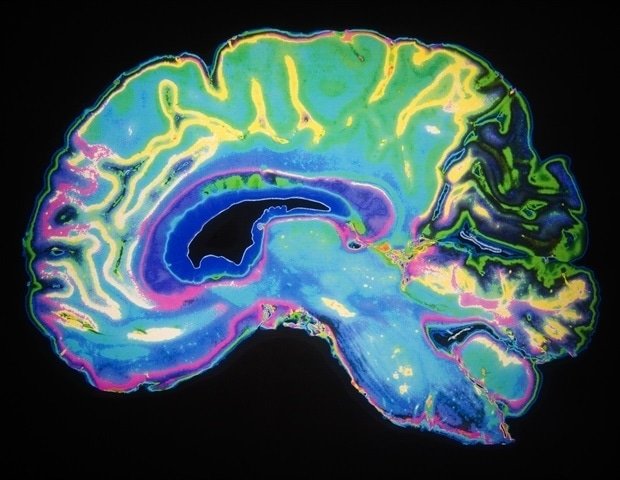Micro- and nanoplastics are found in food, water and the air we breathe. They appear in our bodies, from the testicles to the brain matter.
Now, researchers at the University of British Columbia have developed a low-cost, portable tool to accurately measure the plastic released from everyday sources such as disposable cups and water bottles.
The device, combined with an app, uses fluorescent labeling to detect plastic particles ranging in size from 50 nanometers to 10 microns – too small to be detected by the naked eye – and delivers results in minutes.
The method and findings are detailed in ACS sensors.
“The breakdown of larger pieces of plastic into microplastics and nanoplastics presents significant threats to food systems, ecosystems and human health,” said Dr. Tianxi Yang, assistant professor in the school of earth and food systems, who developed the tool. “This new technique enables fast, inexpensive detection of these plastics, which could help protect our health and ecosystems.”
Nano and microplastics are by-products of degrading plastic materials such as lunch boxes, cups and utensils. As very small particles with a large surface area, nanoplastics are of particular concern to human health due to their increased ability to absorb toxins and penetrate biological barriers within the human body.
Detection of these plastics usually requires specialized personnel and expensive equipment. Dr. Young’s team wanted to make detection faster, more accessible and more reliable.
They created a small, biodegradable, 3D-printed box that contains a wireless digital microscope, a green LED light, and an excitation filter. To measure the plastics, they adapted MATLAB software with machine learning algorithms and combined it with imaging software.
The result is a portable tool that works with a smartphone or other portable device to reveal the number of plastic particles in a sample. The tool only needs a tiny sample of liquid – less than a drop of water – and makes the plastic particles glow under a green LED in the microscope to visualize and measure them. The results are easy to understand, whether by a technician in a food processing lab or just someone curious about their morning coffee.
For the study, Dr. Yang’s team looked at disposable polystyrene cups. The cups were filled with 50 mL of distilled, boiled water and allowed to cool for 30 min. The results showed that the cups released hundreds of millions of nano-sized plastic particles, about one centimeter the width of a human hair and smaller.
Once the microscope in the box captures the fluorescent image, the app matches the pixel area of the image with the number of plastics. The indicator shows if there are plastics and how much. Each test costs only 1.5 cents.”
Haoming (Peter) Yang, co-author, graduate student in the school of land and food systems
The tool is currently calibrated to measure polystyrene, but the machine learning algorithm could be modified to measure different types of plastics such as polyethylene or polypropylene. The researchers then aim to commercialize the device to analyze plastic particles for other real-world applications.
The long-term effects of ingesting plastic from drinks, food, and even airborne plastic particles are still being studied, but show cause for concern.
“To reduce plastic ingestion, it is important to consider avoiding petroleum-based plastic products by choosing alternatives such as glass or stainless steel for food containers. The development of biodegradable packaging materials is also important to replace traditional plastics and transition to a more sustainable world,” said Dr Yang.
Source:
Journal Reference:
Yes, H. et al. (2024). Economical and wireless portable device for fast and sensitive quantification of micro/nanoplastics. ACS sensors. doi.org/10.1021/acssensors.4c00957.
